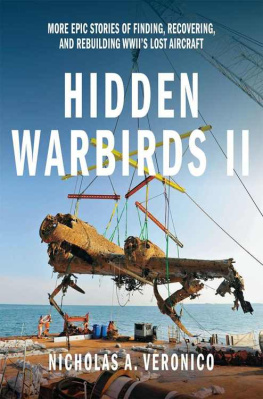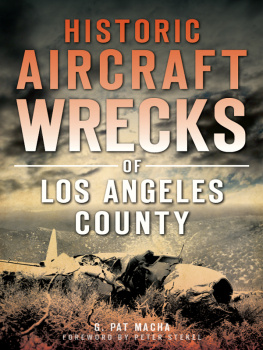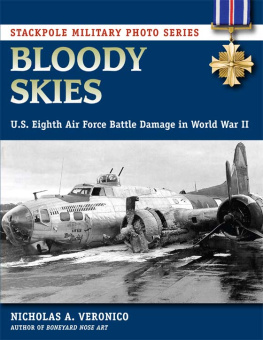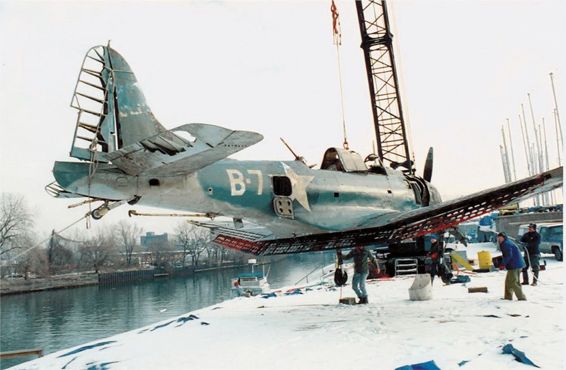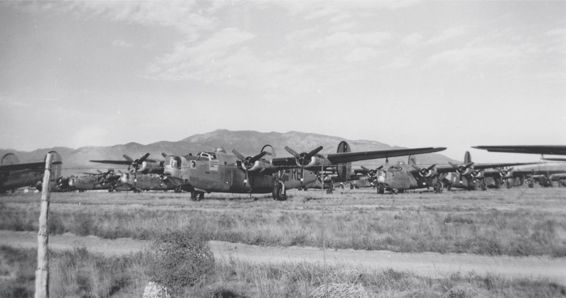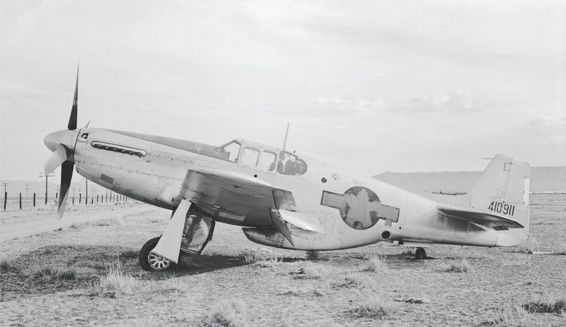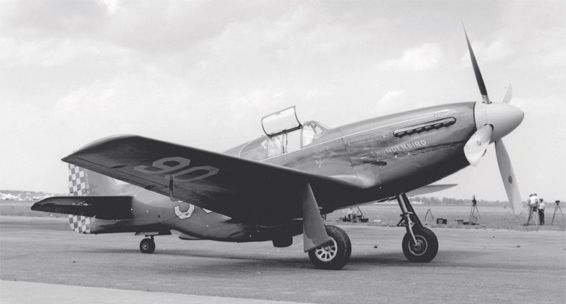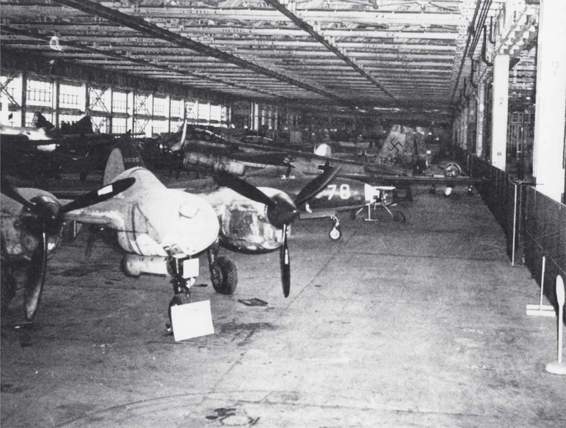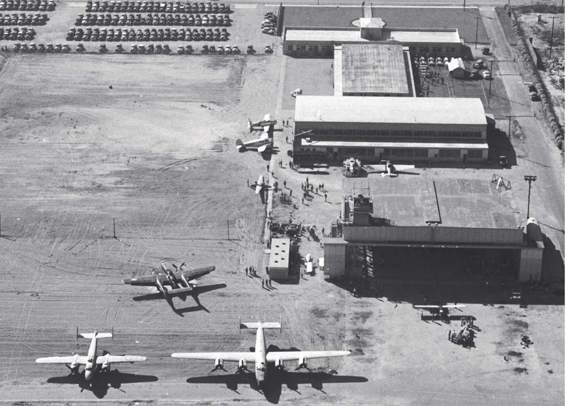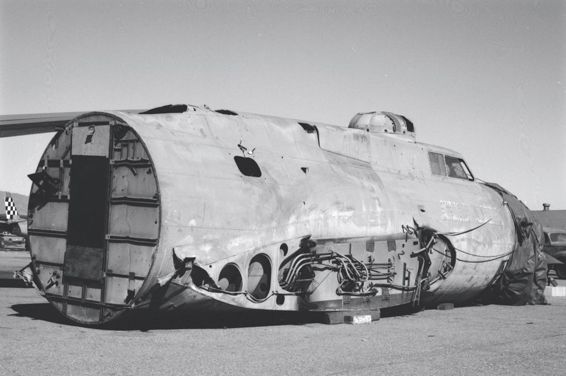Veronico - Hidden warbirds : the epic stories of finding, recovering, and rebuilding WWIIs lost aircraft
Here you can read online Veronico - Hidden warbirds : the epic stories of finding, recovering, and rebuilding WWIIs lost aircraft full text of the book (entire story) in english for free. Download pdf and epub, get meaning, cover and reviews about this ebook. City: Minneapolis, United States, year: 2013, publisher: MBI Publishing Company LLC and Zenith Press, an imprint of MBI Publishing, genre: Romance novel. Description of the work, (preface) as well as reviews are available. Best literature library LitArk.com created for fans of good reading and offers a wide selection of genres:
Romance novel
Science fiction
Adventure
Detective
Science
History
Home and family
Prose
Art
Politics
Computer
Non-fiction
Religion
Business
Children
Humor
Choose a favorite category and find really read worthwhile books. Enjoy immersion in the world of imagination, feel the emotions of the characters or learn something new for yourself, make an fascinating discovery.
- Book:Hidden warbirds : the epic stories of finding, recovering, and rebuilding WWIIs lost aircraft
- Author:
- Publisher:MBI Publishing Company LLC and Zenith Press, an imprint of MBI Publishing
- Genre:
- Year:2013
- City:Minneapolis, United States
- Rating:5 / 5
- Favourites:Add to favourites
- Your mark:
Hidden warbirds : the epic stories of finding, recovering, and rebuilding WWIIs lost aircraft: summary, description and annotation
We offer to read an annotation, description, summary or preface (depends on what the author of the book "Hidden warbirds : the epic stories of finding, recovering, and rebuilding WWIIs lost aircraft" wrote himself). If you haven't found the necessary information about the book — write in the comments, we will try to find it.
Abstract: If you only have room in your collection for one book on WWII-era warbird wreck histories and recoveries, then it should be this one. Nicholas Veronicos thorough research and clear, concise writing style make Hidden Warbirds a fascinating joy to read.--Alan Griffith, author of Consolidated Mess: The Illustrated Guide to Nose-turreted B-24 Production Variants in USAAF Combat ServiceAviation historian Nicholas A. Veronico has been investigating and writing about aircraft wrecks for many years. His website, wreckchasing.com, is the go-to source for enthusiasts who want to know more about how to locate vintage airplane wrecks and then tell their stories. In this engaging new book, Veronico explores the romantic era of World War II Warbirds and the stories of some of its most famous wrecks, including the Swamp Ghost (a B-17E which crashed in New Guinea in the early days of World War II and which was only recently recovered), and Glacier Girl (a P-38, part of The Lost Squadron, which crashed in a large ice sheet in Greenland in 1942). Throughout, Veronico provides a history of the aircraft, as well as the unique story behind each discovery and recovery with ample illustrations. Hidden Warbirds is aviation history at its best
Veronico: author's other books
Who wrote Hidden warbirds : the epic stories of finding, recovering, and rebuilding WWIIs lost aircraft? Find out the surname, the name of the author of the book and a list of all author's works by series.


